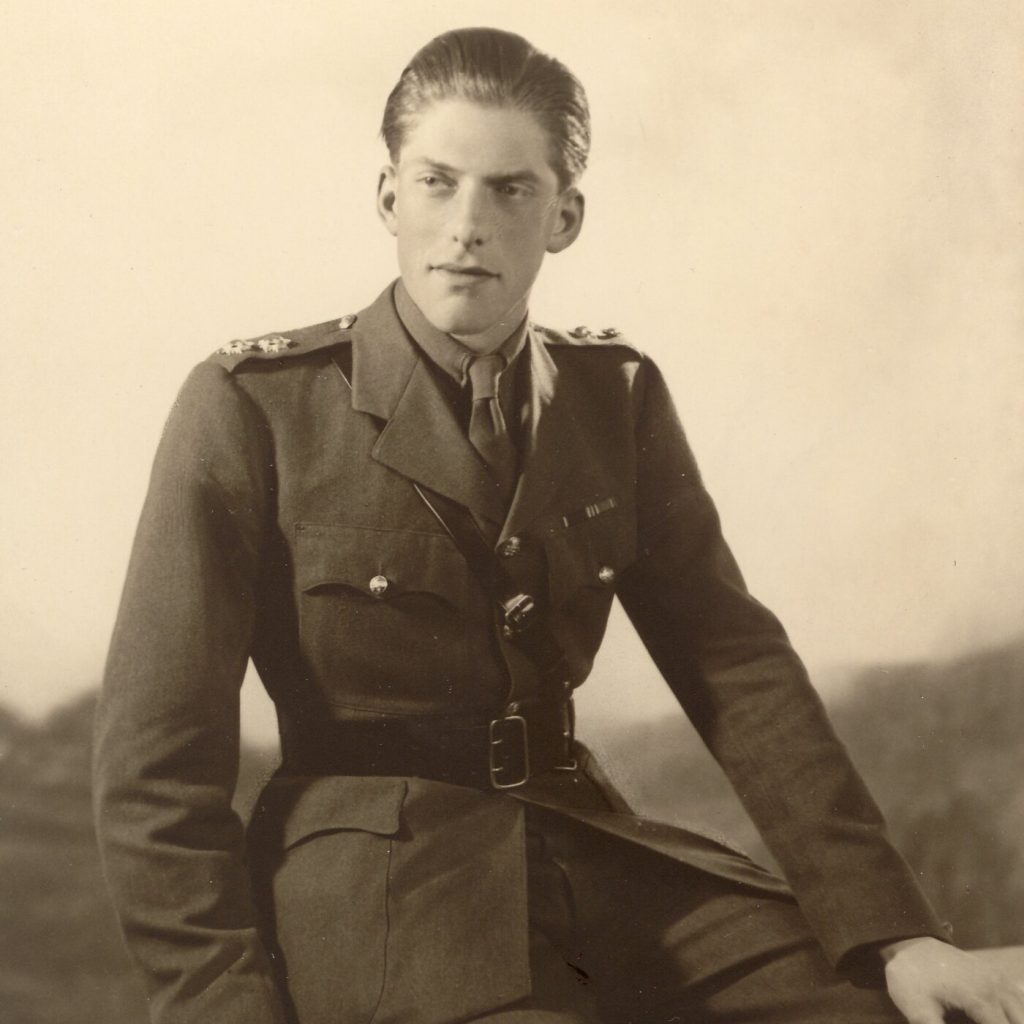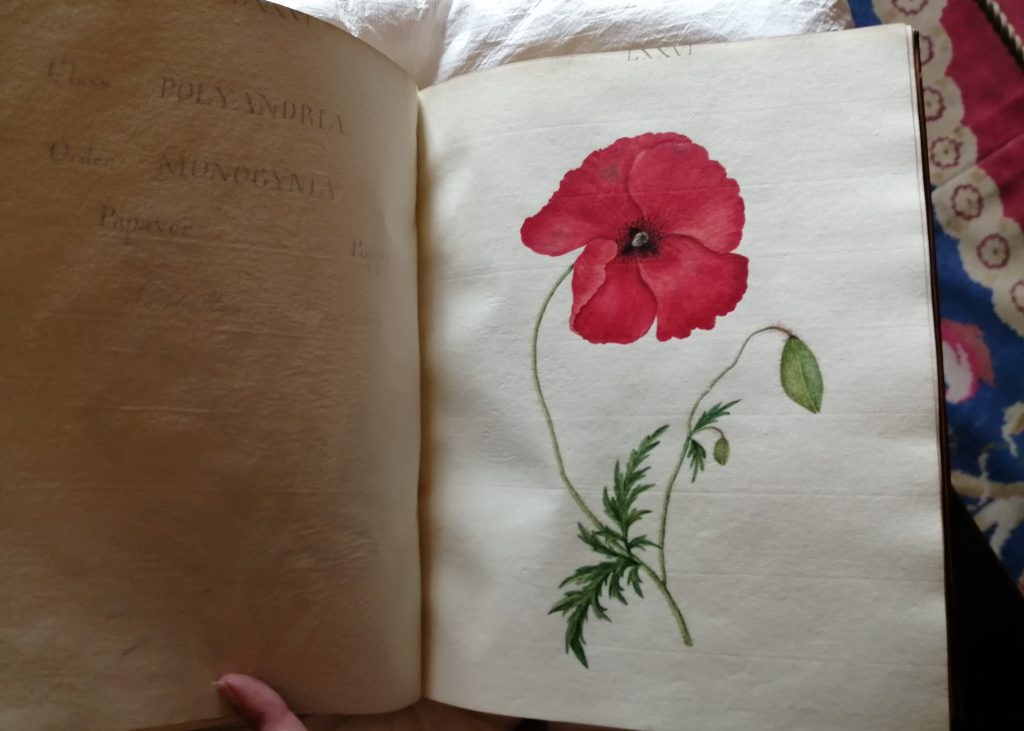 In the countdown to what would have been the Half Term Holidays The Pecking Order is an activity pack of 56 playful bird statistic, free to download online.
In the countdown to what would have been the Half Term Holidays The Pecking Order is an activity pack of 56 playful bird statistic, free to download online.
The colourful cards represent the 56 different species of birds in the Harewood Bird Garden and the ‘Top Trumps’ style game has been created to celebrate the 50th anniversary this year – just one of many online initiatives to entertain families and children, stay connected whilst they cannot be at Harewood, and also to raise awareness for the Bird Appeal.
Nick Dowling, Bird Garden Manager, said; “We’re really excited to be sharing our bird collection with the public in such a year. Birds have been a part of Harewood’s heritage dating as far back as the 4th Earl in the 19th century and when the 7th Earl George Lascelles and his wife Patricia set up the Harewood Bird Garden in 1970, it was not only to provide an opportunity for people to see some incredible species up close, it was with the hope that visitors would learn about and care for the conservation of the birds, something that remains at the core of the charity’s work today.”
The majority of Harewood’s 300+ birds are endangered in the wild, with several species critically endangered and some believed to be extinct.
Playing an active role in 17 international breeding projects, Harewood is also a holding venue for confiscated birds from the illegal customs trade and a rehabilitation facility for injured Red Kites.
Whilst the gates are closed to the House and visitor attraction, work behind the scenes to care for the birds must continue in spite of no visitor income, which is the reason why the Trust has an ambition to raise £35,000 at this time – the amount it costs to take care of our birds for 12 weeks.
Four cards will be available to download daily from Sunday 17 May. These will be uploaded to the Harewood website and shared across social media @HarewoodHouse on Facebook and Instagram. The ‘wow’ factor is scored across size, weight, intelligence, lifespan and risk of extinction.
A weekend of birthday celebrations will go ahead as planned on the last weekend of the Half Term, 30 & 31 May, but with activities online. These include creative sessions with Aardman Animations model maker Jim Parkyn and Leeds-based bird illustrator, Matt Sewell, in addition to a virtual party online.
With just six weeks to go, the Bird Appeal is calling out for those passionate about birds and engaged in the work Harewood is doing to support if they can.


